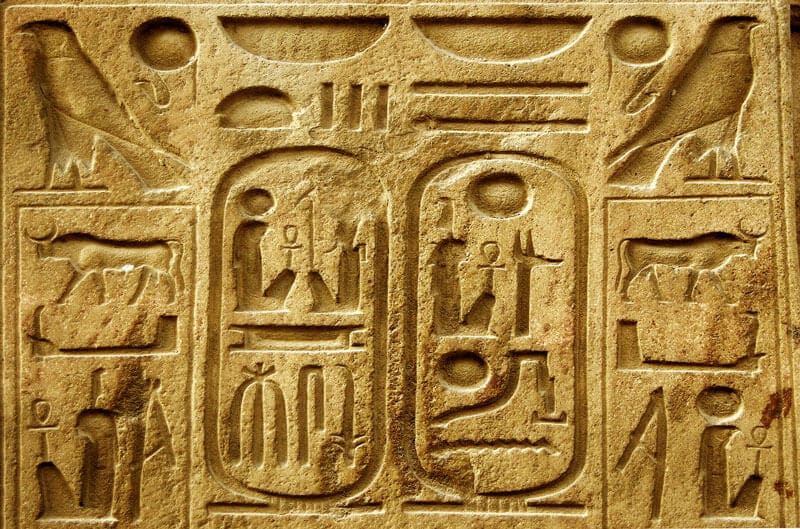3000 year old “El Dorado of Egypt” Has Been Found!
Top Egyptologist Zahi Hawass says” “is the most significant discovery since the sepulcher of King Tutankhamun was exhumed in 1922”.
Archeologists in Egypt have discovered a “golden metropolis ” under the dunes near Luxor.
But not always gold is what Uncle Scrooge was looking for and this time the gold has the appearance of ancient bricks. A discovery like this is invaluable and absolutely incredible!
” What we exhumed was the a large town in a good condition of preservation, with fair complete walls, and with chambers filled with tools of quotidian life, ” Hawass said.
The discovery is another major victory for the Egyptian government, which is in the middle of a major change to keep the archeological discoveries at home, rather than allowing them to be dispatched off to foreign galleries around the world.
Hawass said in a news release on Thursday: “my crew began their excavations in September 2020 while looking for Tut-s mortuary temple.
” Within weeks, with great surprise, bricks began to appear in all directions, the diggers worked for months to reveal what’s the largest buried megalopolis ever discovered in Egypt.
Archeologists found rings, pieces of colored ceramics, and bricks with Amenhotep III’s seal printed on them. They also stumbled upon a weird area built with zigzag walls. Betsy Bryan, a professor of Egyptian art and archaeology at Johns Hopkins University, said the discovery was ” the most important archeological discovery since the burial of Tutankhamun. “
With this discovery, we can get a taste of what life was like at the height of Ancient Egypt. It can also give some light on the lives of Tut-s parents, Akhenaten and Nefertiti, who tried to shift Egypt’s polytheistic religion toward monotheism.
No mummies were found, but diggers did uncover natural remains and two “unusual burials ” of a bull. There’s also a cemetery and several “sepulchers filled with treasures “.
Content Provided To You By Edgar Allan Poets The Band Inspired By Poe & Hitchcock
Check Their Music here
















